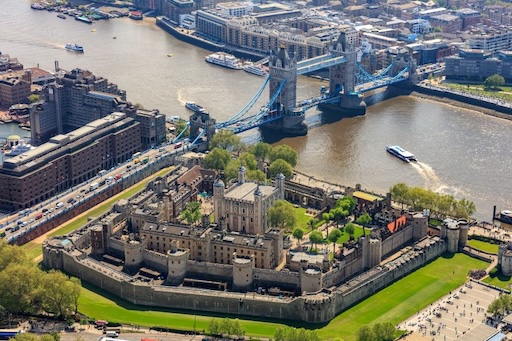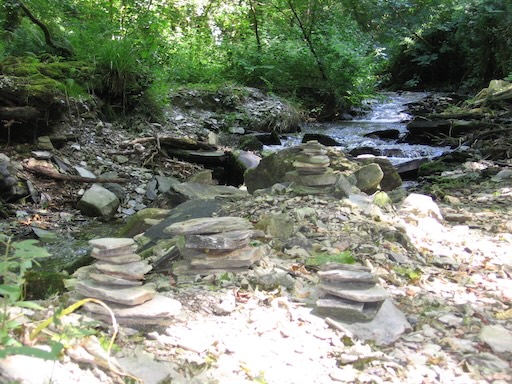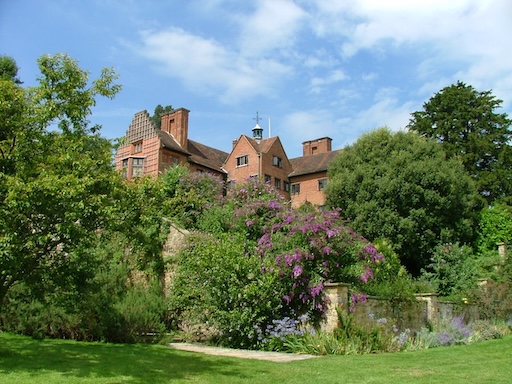
Imagine a place where kings and queens once walked, prisoners whispered their last words, and priceless treasures glitter behind iron bars. Welcome to the Tower of London — an ancient fortress with stories that span over a millennium. Perched right on the north bank of the River Thames, this iconic landmark is much more than just a pile of stones. It’s a symbol of power, mystery, and sometimes, downright chilling history.
The Birth of a Fortress: William the Conqueror’s Bold Statement
The story begins back in 1066, when William the Conqueror stormed England and decided to build a fortress that would keep London—and his new kingdom—under control. Construction started in 1078, and the centerpiece was the White Tower, named for its pale limestone facade. This imposing structure was meant to awe and intimidate, a giant “keep out” sign to potential rebels and invaders.
Over the centuries, monarchs added walls, towers, and moats, transforming it into a sprawling castle complex. The Tower wasn’t just military—it was royal residence, treasury, armory, and even a zoo at one point! Yes, you read that right: exotic animals like lions and bears were kept there as symbols of royal power.
Prison, Torture Chamber, and a Place of Dark Secrets
The Tower’s reputation darkened over time. It became infamous as a prison for the powerful and the unlucky. Traitors, rebels, and royal rivals found themselves locked behind these cold walls, often awaiting grim fates. Anne Boleyn, the second wife of Henry VIII, was imprisoned here before her execution. Her ghost is said to still wander the Tower grounds, haunting the spot where she was beheaded.
Guy Fawkes, the man behind the failed Gunpowder Plot to blow up Parliament, was tortured here too. The Tower even witnessed the mysterious disappearance of the Princes in the Tower—two young royal boys who vanished without a trace, sparking centuries of conspiracy theories.
And if you think that’s enough drama, the Tower was also a place of execution. Tower Green witnessed secret beheadings of nobility away from the public eye, adding an eerie layer of solemnity to this fortress.

The Crown Jewels: Glittering Symbols of Monarchy
Today, the Tower is perhaps best known for housing the Crown Jewels — a breathtaking collection of royal regalia. From the dazzling Imperial State Crown, glittering with thousands of diamonds, to the ancient Sovereign’s Sceptre, these treasures are guarded as fiercely as ever. Visitors can marvel at the sparkling display, imagining the coronations, royal ceremonies, and historic moments they’ve witnessed.
Guarding this priceless hoard are the Yeoman Warders, affectionately known as Beefeaters. Dressed in their striking red and gold uniforms, they’re not just ceremonial guards — they’re living links to the Tower’s storied past, acting as guides and storytellers who keep the legends alive.
The Ravens: Winged Protectors of the Tower
Here’s a fun and curious bit of Tower lore: legend says that if the ravens ever leave the Tower, the kingdom will fall. To prevent this apocalypse, a team of ravens with clipped wings is cared for by the Ravenmaster. These birds strut around like feathery rock stars, and their presence adds a magical touch to the Tower’s atmosphere.
Why the Tower of London is a Must-Visit Hidden Wonder
Whether you’re wandering the battlements, exploring the medieval chambers, or listening to chilling ghost stories, the Tower of London is an adventure into the past you won’t forget. It’s a place where history feels alive — where every stone has a story, and every corner holds a secret.
From the breathtaking Crown Jewels to the haunting tales of prisoners and ghosts, this fortress reveals the hidden wonder of Britain’s royal saga. So next time you’re in London, skip the usual tourist traps and dive deep into the mysterious heart of the city at the Tower of London.
While you're in the area, consider visiting nearby gems like St Paul’s Cathedral, or take a short walk toward Westminster Abbey, both of which echo the same grand stories of royalty, faith, and survival.
Share this story and inspire others.
Tags: Tower of London, London history, British castles, historical fortress, Crown Jewels, British monarchy
 St. Nectan’s Glen – A Hidden Waterfall Steeped in Celtic Legend
St. Nectan’s Glen – A Hidden Waterfall Steeped in Celtic Legend
 Puzzlewood – A Real-Life Fantasy Forest in Gloucestershire
Puzzlewood – A Real-Life Fantasy Forest in Gloucestershire
 Fingal’s Cave – Scotland’s Singing Sea Cathedral of Stone
Fingal’s Cave – Scotland’s Singing Sea Cathedral of Stone
 The British Museum – Where the World’s Treasures Come to Stay
The British Museum – Where the World’s Treasures Come to Stay
 Alnwick Castle – Where Magic Meets Medieval Might
Alnwick Castle – Where Magic Meets Medieval Might
 Chartwell House – Where Churchill’s Spirit Still Walks the Halls
Chartwell House – Where Churchill’s Spirit Still Walks the Halls